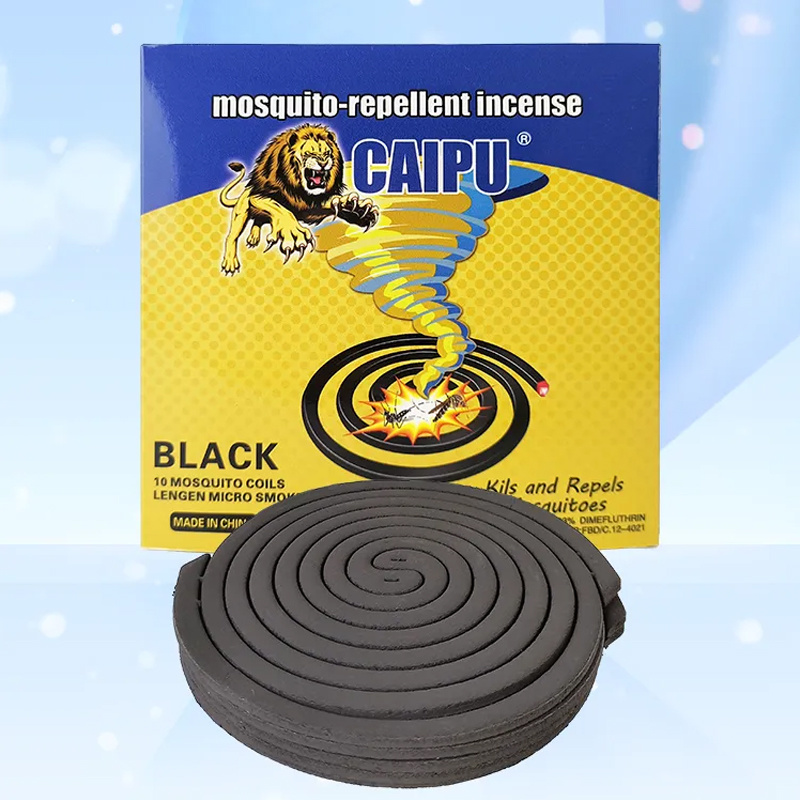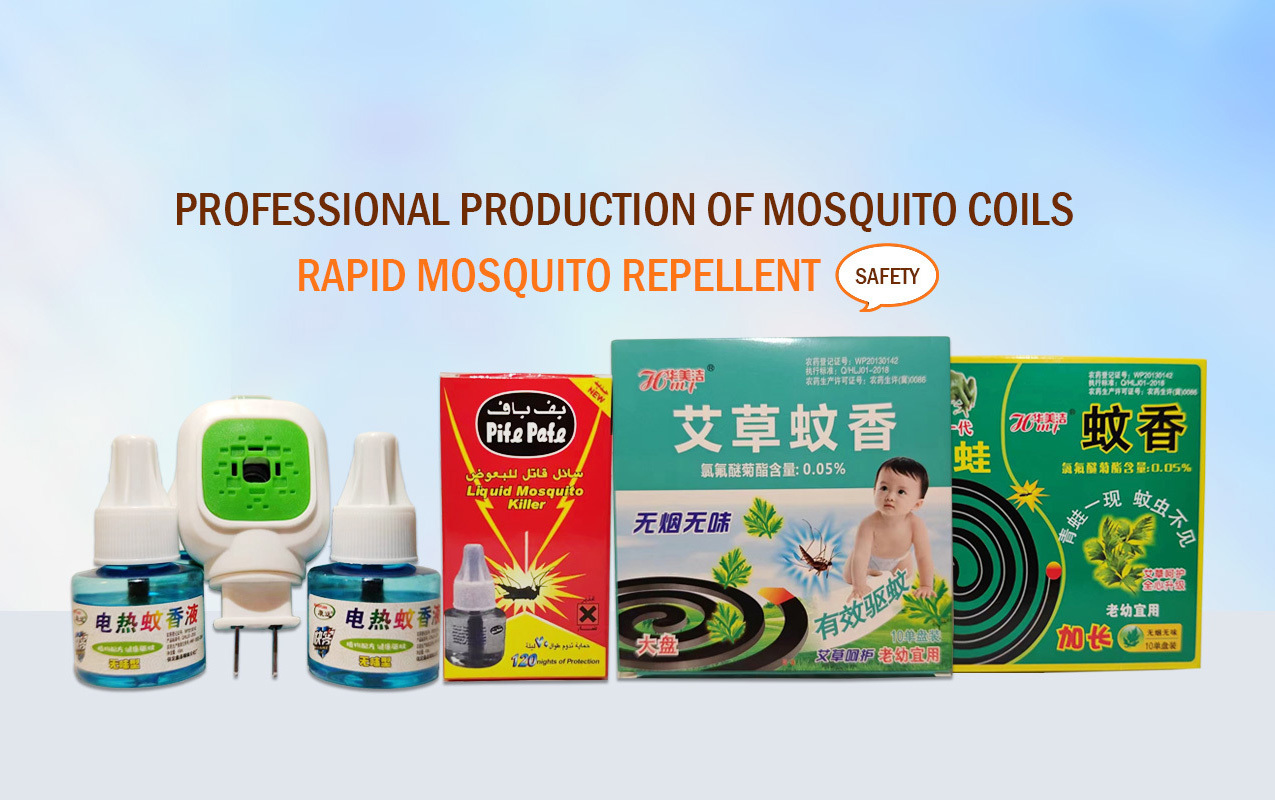Sustained Protection: The Mechanism and Application of Bug Repellent Coils
2025-10-01

The persistent challenge of mosquito-borne diseases drives continuous innovation in vector control strategies. Among the most widely utilized tools globally are bug repellent coils, which function through a passive combustion mechanism to release active ingredients into the air. The core of their effectiveness lies in the formulation, which typically contains a pyrethroid insecticide such as allethrin or d-trans allethrin, combined with a slow-burning base material that facilitates a consistent release of the active substance.

A critical aspect of their production involves advanced slow-release formulas that ensure a stable and prolonged emission of the active ingredient. This technology is vital for maintaining an effective protective zone around the treated area for several hours, disrupting the nervous system of mosquitoes upon contact and providing relief from biting pests.
The primary application environments for bug repellent coils are outdoor and semi-enclosed spaces. They are extensively used in residential settings, such as backyards, patios, and balconies, as well as in commercial outdoor dining areas and campsites. In many tropical and subtropical regions, they serve as a first line of defense in disease control programs aimed at reducing human-mosquito contact, thereby lowering the risk of transmission of diseases like dengue and malaria.
An important consideration in the use of these coils is insecticide resistance. As with other chemical control methods, prolonged reliance on a single active ingredient can lead to reduced susceptibility in mosquito populations. Manufacturers address this by researching synergistic formulations and occasionally rotating active ingredients to sustain efficacy. The physical design of the coil, including its density and composition, directly influences its burn time and the consistent dispersion of the vapor, which are key performance metrics.
While the combustion mechanism is simple, the science behind it is complex. The smoldering process must be carefully controlled to ensure the insecticide is volatilized without being destroyed by excessive heat. This requires precise engineering of the coil's matrix to maintain optimal combustion temperature and emission rate. The resulting smoke creates an protective zone that repels and kills mosquitoes, offering a practical solution for personal and small-area protection.
In summary, bug repellent coils remain a relevant tool in integrated vector management. Their value lies in their accessibility, ease of use, and ability to provide sustained protection in specific settings. Ongoing development focuses on enhancing formulation efficiency and environmental profile to meet evolving regulatory and consumer expectations.
Recommend News
Contact Us
Leave Us A Message


